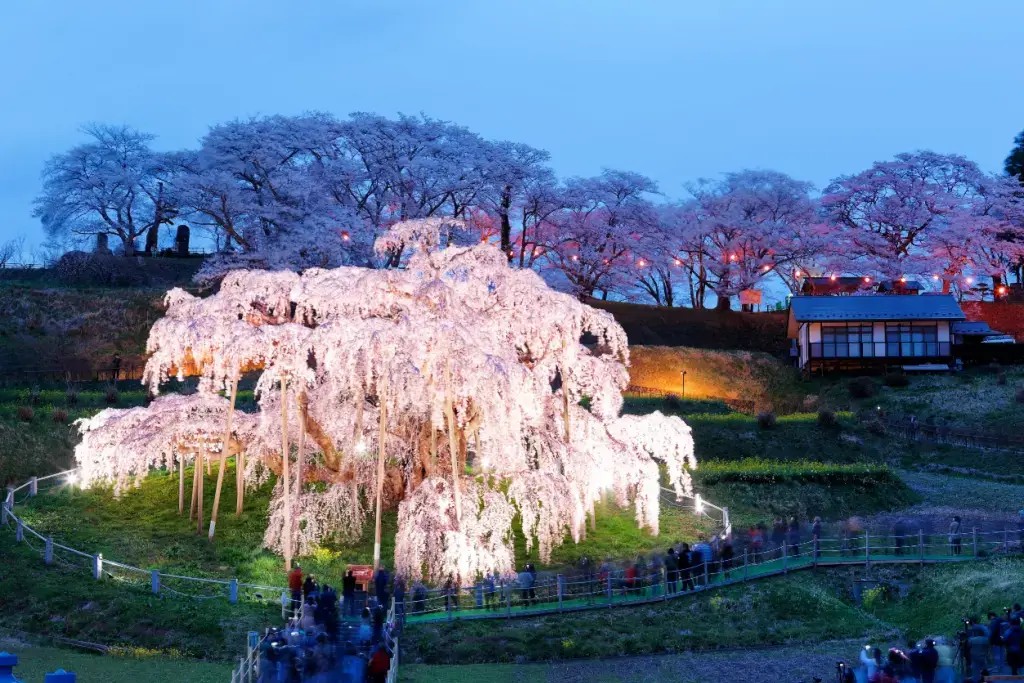Explore Fukushima with these five must-see destinations! From a one-of-a-kind castle to an Edo-period village, there’s something for everyone to enjoy! Don’t miss out on the onsen and the natural wonders waiting for you, along with one of the most incredible marine experiences!
Table of Contents
ToggleWhere is Fukushima?
Fukushima Prefecture is the third largest prefecture in northeastern Japan, also known as the Tohoku region. It’s especially famous for its natural beauty and historical sites. The area has volcanoes, hot springs, and cherry blossoms in spring. In autumn, the leaves are pretty stunning. There are also old castle towns and ski resorts.
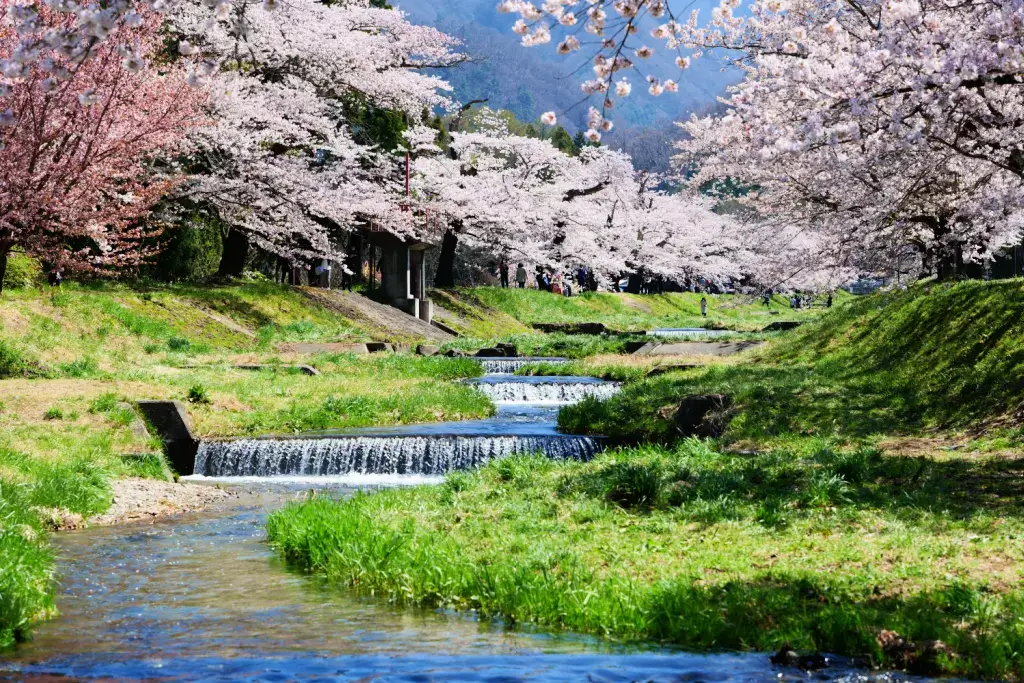
The prefecture is also famous for its delicious food and rich culture. It produces some of Japan’s best fruit and sake. For relaxation, you can enjoy onsen or natural hot springs. If you love snowboarding or skiing, you’ll find great spots. Not to mention, traveling there is easy. From Tokyo, a bullet train, or the shinkansen, gets you there in just over an hour.
Tsuruga Castle
Tsuruga Castle is an amazing piece of Japan’s history because it’s the only castle there with a bright red roof! You can find it in Aizu-Wakamatsu. People first built this castle in 1384, and it has been seen throughout history, like the big Boshin War in 1868. However, they had to rebuild it in the 1960s, and in 2011, they fixed it up to make its roof red again, just like it used to be.
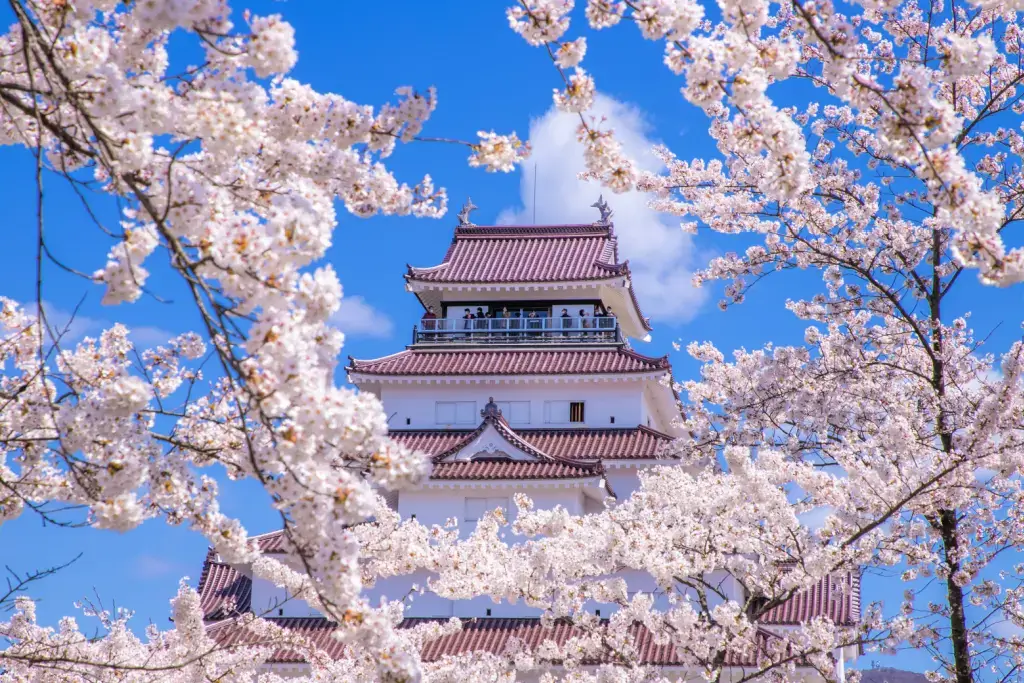
The castle is in the middle of Tsuruga Castle Park, a great spot to check out Japan’s outdoor scenes. In spring, the place is all pink with cherry blossoms, and in autumn, the leaves change colors in a way that’s just wow. There’s also this place called the Rinkaku Teahouse in the park where you can try out a traditional tea ceremony. So, Tsuruga Castle and its park are perfect for anyone wanting to dive into Japan’s history and enjoy extraordinary nature.
Ouchi-Juku
Ouchi-Juku is a historic village from the Edo Period. It was an important town on the Aizu-Nishi Kaido trade route. Today, it shows Japan’s past with preserved streets and traditional houses. Moreover, the village hosts festivals like the February Snow Festival and the July Hange Mid-Summer Festival.
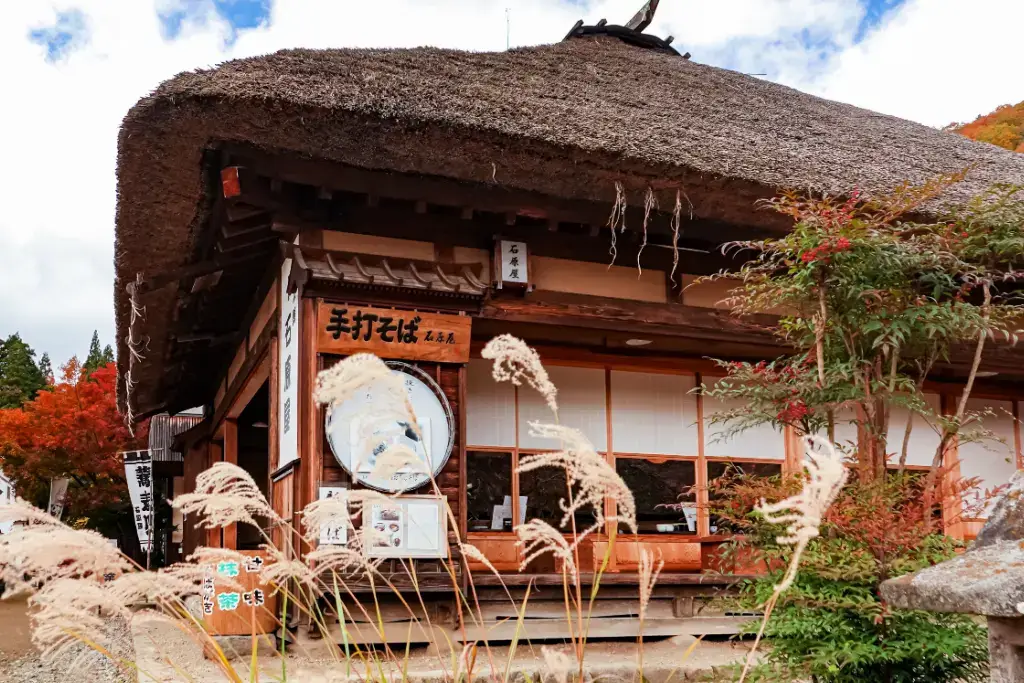
Not to mention, shops, restaurants, and inns offer local specialties. A former Honjin now serves as a museum, showcasing an elegant interior and Edo artifacts. Visitors can also see the village’s shrine and temple. Overall, Ouchi-Juku is ideal for exploring Japan’s Edo period, offering history, scenery, and food.
Are you looking for fantastic snacks from across Japan? Check out Sakuraco! Sakuraco delivers traditional Japanese snacks, teas, sweets, and snacks from local Japanese makers directly to your door so you can enjoy the latest treats directly from Japan!
Iizaka Onsen
Iizaka Onsen has a history spanning over 1,000 years! Situated along the Surikami River, the town has nine high-rise ryokan and several communal baths, offering visitors an excellent onsen experience! Generally, Iizaka Onsen features temperatures slightly above average and is famous for its quality, which leaves the skin feeling smooth. With nine public baths and three footbaths (ashi-yu), visitors can easily indulge in the therapeutic benefits of the hot springs.
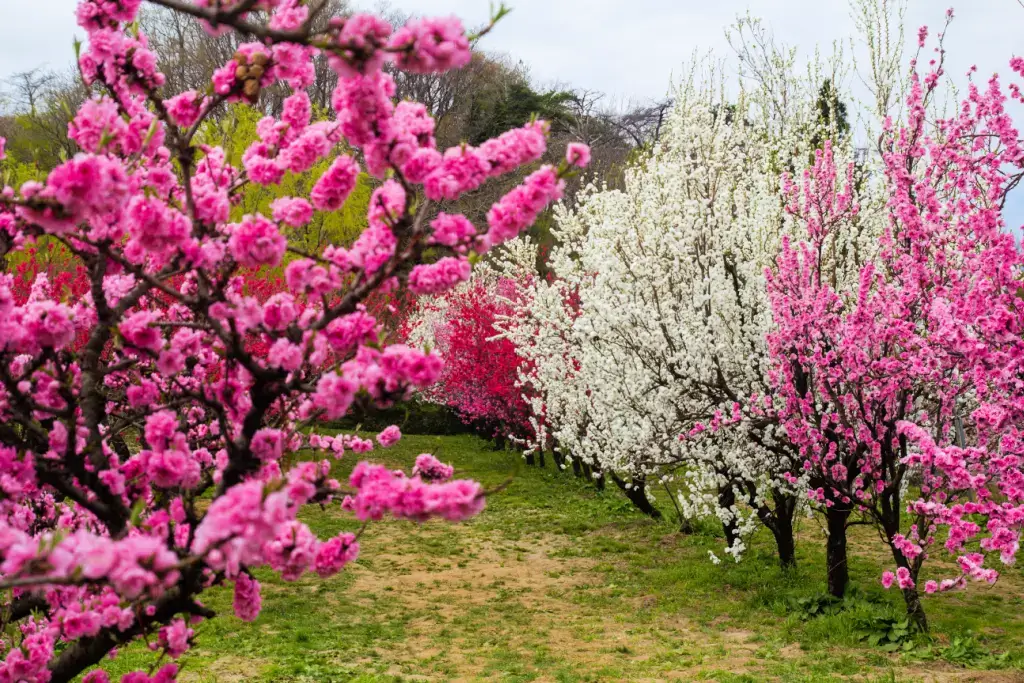
Beyond the relaxing hot springs, Iizaka Onsen also offers many attractions, including historic buildings, traditional restaurants, and fruit picking in nearby orchards. Local delicacies such as Enban Gyoza and Onsen Tamago are must-try treats! The town also hosts several annual festivals, including the Iizaka Kenka Matsuri (Fighting Festival)! Overall, this place is perfect for visitors to immerse themselves in its scenic beauty, rich history, and culinary delights!
Urabandai
Urabandai, also known as the Bandai Highlands, is a picturesque destination in northern Fukushima. Located 800 meters above sea level, It is full of natural beauty shaped by volcanic activity, including Mount Bandai, Lake Hibara, and the famous Goshikinuma or Five Colored Ponds. These attractions are also part of the Bandai Asahi National Park and provide hiking, skiing, and exploring opportunities throughout the year.
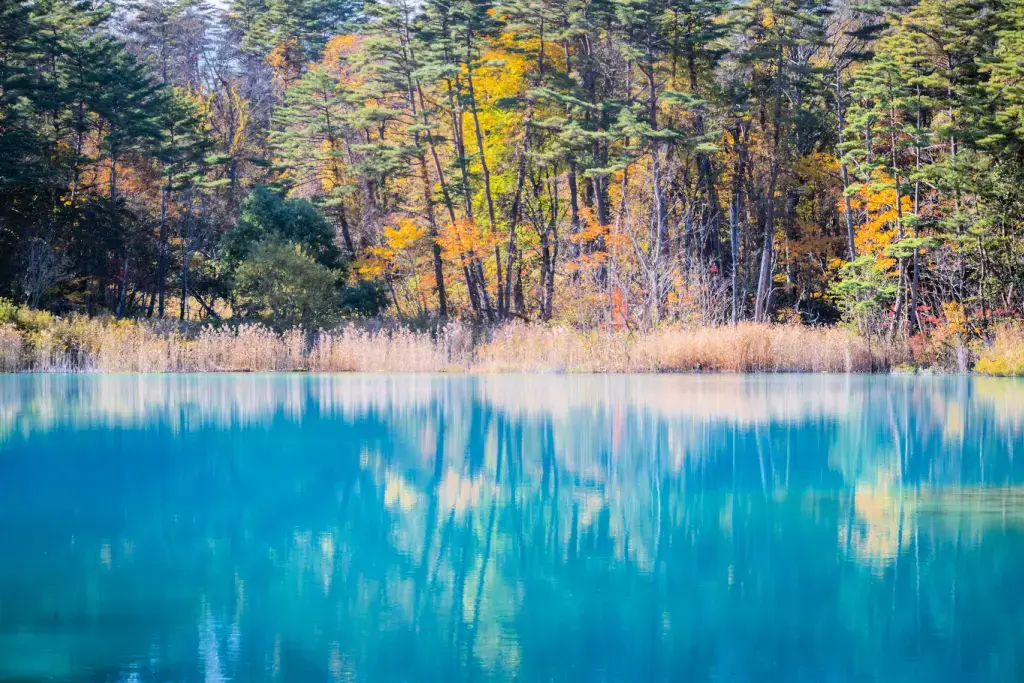
Moreover, visitors can enjoy scenic trails, like the Goshikinuma Walk, which passes stunning lakes relecting the vibrant colors of the trees. Urabandai offers accommodations, from campgrounds to onsen resorts, providing a comfortable retreat after a day of exploration. Whether admiring the fall colors, skiing in winter, or enjoying the beauty, Urabandai is a great experience for nature lovers and outdoor enthusiasts!
Aquamarine Fukushima
Aquamarine Fukushima, located in Iwaki City, is an aquarium with around 70,000 marine creatures. The aquarium recreates natural habitats to provide visitors with an immersive learning experience about marine life. Notable attractions include the Kuroshio and Oyashio areas, where visitors can walk through a glass tunnel surrounded by tuna and sardines.
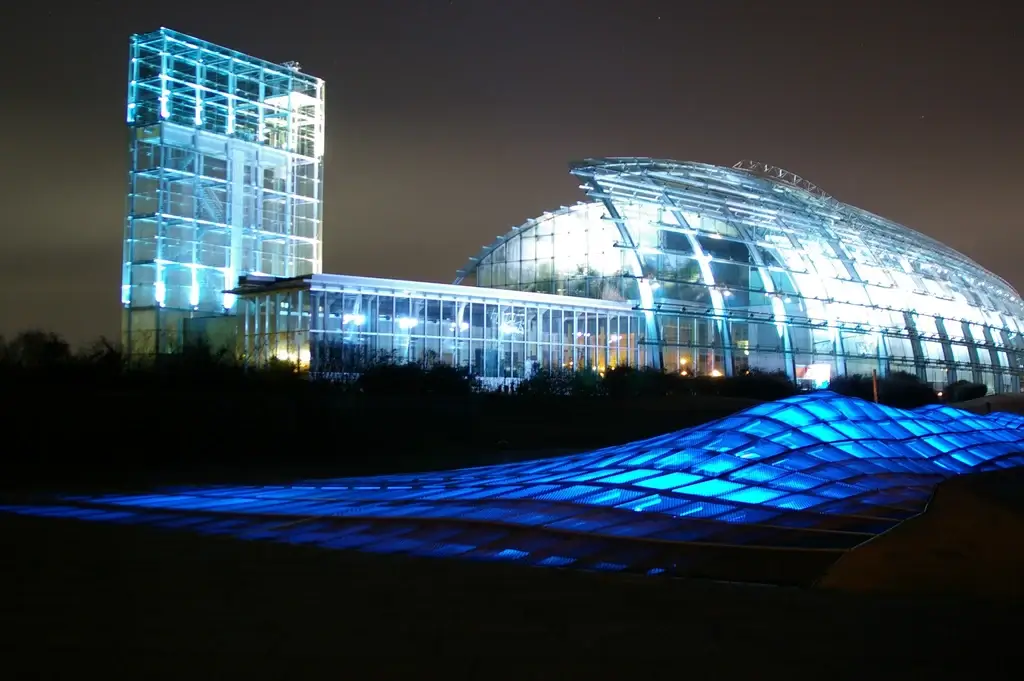
Aquamarine Fukushima is known for its research on ancient species, with exhibits showcasing fossils. The aquarium’s commitment to sustainability is seen in its outdoor exhibits, which include a beach area. Visitors can also dine at “Sushi dokoro Shiome-no-Umi” while watching fish swim in the aquarium. With its educational programs and marine life exhibits, Aquamarine Fukushima offers a memorable visit for visitors of all ages.
Why should I visit Fukushima?
Whether you’re drawn to the historical significance of Tsuruga Castle and Ouchi-Juku Village, looking to relax in the hot springs of Iizaka Onsen, or yearning for outdoor adventures in Urabandai, Fukushima offers an escape for travelers of all interests. With its array of experiences and attractions like Aquamarine Fukushima, a visit to Fukushima promises a deeper appreciation for Japan’s beauty and heritage! Have you ever been to Fukushima? Where did you go? Let us know in the comments!

